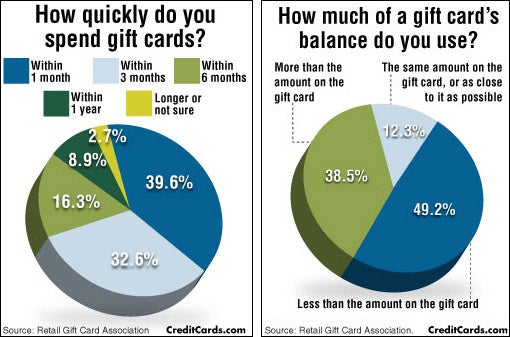Inscription is among one of the most popular techniques for enhancing glass. It's easy to do with your Epilog laser, and the outcomes can be spectacular.
This goblet made between 1750 and 1770 is covered with detailed Chinese-style motifs. The popularity of imported Chinese products stimulated English craftsmens to incorporate this ornamental method.
1. Square
It could appear dull or ordinary to consider a square as anything besides a flat form, yet this geometric device is vital to engraving straight lines and achieving a range of style styles. For instance, a square graver permits a craftsmen to achieve gorgeous conical lines that are impossible to accomplish with rounded gravers made use of for weapon inscription or blade inscription.
This strategy is used for decorative glass, which incorporates a vast array of layout fads, consisting of Chinese-style concepts as presented on this cup made in between 1750 and 1770 in England. This sort of attractive glass was necessary in the 1700s because it conveyed not just fashion but familial and political loyalties, similar to this Jacobite imagery and words. It additionally identified the enthusiast as classy and worldly, especially as British social codes of politeness stressed consistency over individuality. The personalized scene on this cup also demonstrated the skill of a knowledgeable artisan utilizing wheel inscription.
2. Rectangular shape
Rectangles are a class of quadrangles with axes of proportion through each pair of opposite sides. They likewise have a vertex-transitive proportion.
Personalized glass coasters are a prominent kind of attractive glass wares that features a design or message. They are commonly made use of as presents to commemorate events or special events.
Laser etching and inscription are 2 various processes that allow you to produce complex styles on glass surface areas. Although they make use of comparable equipment, they are based on various concepts. Engraving eliminates product from the surface area of the glass making use of a physical procedure, while etching makes use of a chemical procedure to alter the appearance of the surface.
It is essential to test and fine-tune the laser's speed, power, and focus settings on each item of glass to make sure that your task ends up flawlessly. This will certainly aid prevent unnecessary breakage and reduce the risk of errors during production. It is also a good idea to use a covering up representative such as rub n buff to the glass prior to beginning a work. This will certainly maintain it wet and lower the quantity of warmth that is moved to the glass throughout the etching procedure.
3. Round
Engraving imbues glass with significance that exceeds an easy design benefits of engraved glass or name. It can communicate familial and political obligations, as highlighted by the crest on this cup from the 1700s. It can additionally share coded messages of politeness and course distinction, as exhibited by the personalized Jacobite images on this vase.
Elaborate glass inscription and etching layouts require mindful change of laser power, scanning rate, and concentrate settings to achieve the preferred results. Making the effort to test and refine these settings will certainly reduce the danger of mistakes and breakage throughout manufacturing and aid create constantly premium results.
While it is technically a part of glass art, inscribing differs from other "cool" glass enhancing methods such as etching and cut glass. Etching leaves a surface that shows up with sight but not really felt on touch, whereas engraving creates tiny cracks that can be felt with the finger. It is most common to incorporate etching and inscription intact of glass.
4. Oval
Unlike the more inflexible rectangle or circle, the oval is prone to shifting backwards and forwards throughout rotation. This can create imbalance between the laser and the glass, making it difficult to obtain an ideal result. It is usually best to prevent engraving ovals if possible, and to select a smaller dimension.
The 1700s saw a blooming of decorative strategies for glasses. Engraving imbued glass with definition, enabling individuals to reveal their social status and share familial or political allegiances. A Jacobite cup, for instance, was engraved with the family members crest and verses from the anthem.
It requires time, persistence and a little practice to get efficiency in inscribing or etching glass. Nonetheless, when you've discovered a process that functions well for you and your machine, you can produce stunning items that will thrill customers. Making use of the right setups can help you attain consistent outcomes every time. Make certain to test your tools on a variety of various types of glass before trying larger tasks.
